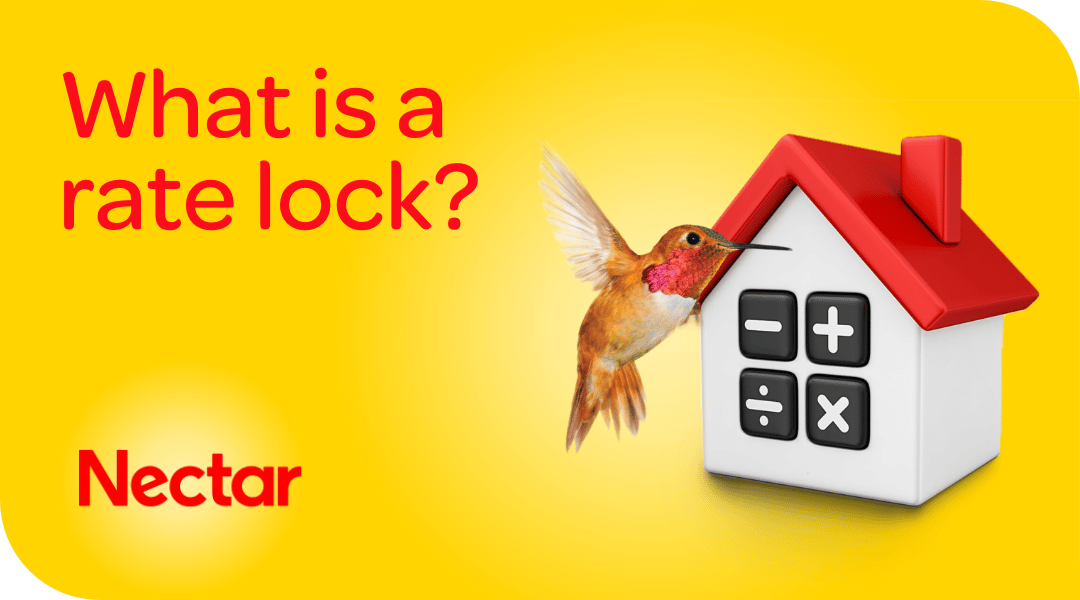What is a rate lock and why should you consider it?

Lender interest rates are primarily dictated by the cash rate set by the Reserve bank of Australia (RBA). In recent years, the cash rate dropped to record low levels and held there. Sadly, for borrowers, that ‘golden era’ came to an end, when the RBA began increasing the cash rate in May 2022.
Because of these increases, many Australian borrowers are finding that the interest rates at the time of agreeing to purchase, is different to when it comes time to settle. These rate differences could lead to a large increase in repayments or in the worst case – the lender not honouring the loan if the borrower is deemed to be unable to afford it.
Thankfully, for those who decide to take a fixed-rate home loan, there is a solution. It is called a rate lock.
What is a rate lock?

Interest rates can change from day to day, meaning that even if you’re approved for a home loan when rates are, for example, 3.99%, there is a chance that this rate will increase by the time you reach a settlement.
When you apply for a fixed-rate home loan, you can ask for a rate lock. A rate lock is a guarantee from a lender that they will not change your interest rate for a fixed period during the settlement time frame. This means that as long as you settle within the specified time period, and there are no changes to your application, your interest rate for your fixed-rate loan will be locked in. However, if you aren’t able to settle within that period, the lender may change the interest rate.
The standard time a lender in Australia lets you lock your rate is 90 days, however, each bank and lender may offer a different period.
Want to know more about rate locks? Talk to a Nectar mortgage broker.
Here’s an example of how a rate lock works.
Let’s say you apply for a fixed-rate home loan at 3.99% for five years. As you go through the application process, you realise that it will take at least a month before you reach a settlement, and you are afraid that the rates may go up. A rise in rates means you could end up spending thousands of extra dollars in repayments during the loan term. By taking a rate lock, you could avoid spending those thousands of dollars.
How much do rate locks cost?
Lenders tend to charge a rate lock fee. The amount charged depends on the loan amount and the length of the lock period. To give you a better idea of costs, let’s compare the fee of some major banks for a $400,000 home loan.
- ANZ: $750 (per $1 million of lending)*
- NAB: $600 (0.15% of loan amount)*
- Westpac: $400 (0.10% of loan amount)*
- CommBank: $750 (regardless of loan size)*
*Sourced from lenders’ websites as of 19 Oct 22. Calculated based on rate lock fees for owner-occupier fixed loans from each of the respective lenders, for a home loan amount of $400,000.
Get access to over 30 lenders. Talk to a Nectar mortgage broker.
Is a rate lock right for you?
Some of the advantages of a rate lock include:
- Security in a volatile market.
- Ability to budget knowing repayments will not change.
- Useful if you think your application will take time to settle and you need to shield yourself from rate rises.
- Useful if you still need time to find the perfect property.
Unfortunately, there are some disadvantages as well:
- Less flexibility should the market rates go down.
- No guarantee that rates will rise and by how much. Meaning you could be paying the fee unnecessarily.
- If the settlement takes too long or you can’t find your perfect property in time, the lock will expire, and you might need to pay more to reinstate the lock.
In the end, it will depend on your individual circumstances.
How do I put a rate lock in place?
If you plan on putting on a rate lock, you might want to talk to a mortgage broker. They can help you find out how much a lender charges for a rate lock, so you can make an informed choice.
Generally, you can apply a rate lock any time before the settlement. However, some lenders may have conditions on the exact time of initiation. Some lenders will initiate the rate lock as soon as you apply for it, and others will only initiate the lock after you have paid the fee. It’s important that you find out when exactly the lock is initiated. Your mortgage broker can help you with this.
Can I cancel a rate lock?
Whether you can walk away or cancel a rate lock is up to the lender. Some lenders may let you change the rate but still apply the fee. You may be able to negotiate a change to your rate with an additional fee, but it’s entirely at the lender’s discretion. Some lenders allow you to take a lower rate at no additional cost, ask your mortgage broker whether your lender provides this feature or not.
If you would like to apply a rate lock to your fixed loan during the settlement period or even just a home loan in general, it’s a good idea to talk to a mortgage broker. That way, you know you’re getting the better deal. Contact a Nectar broker today and get access to over 30 lenders all over Australia.